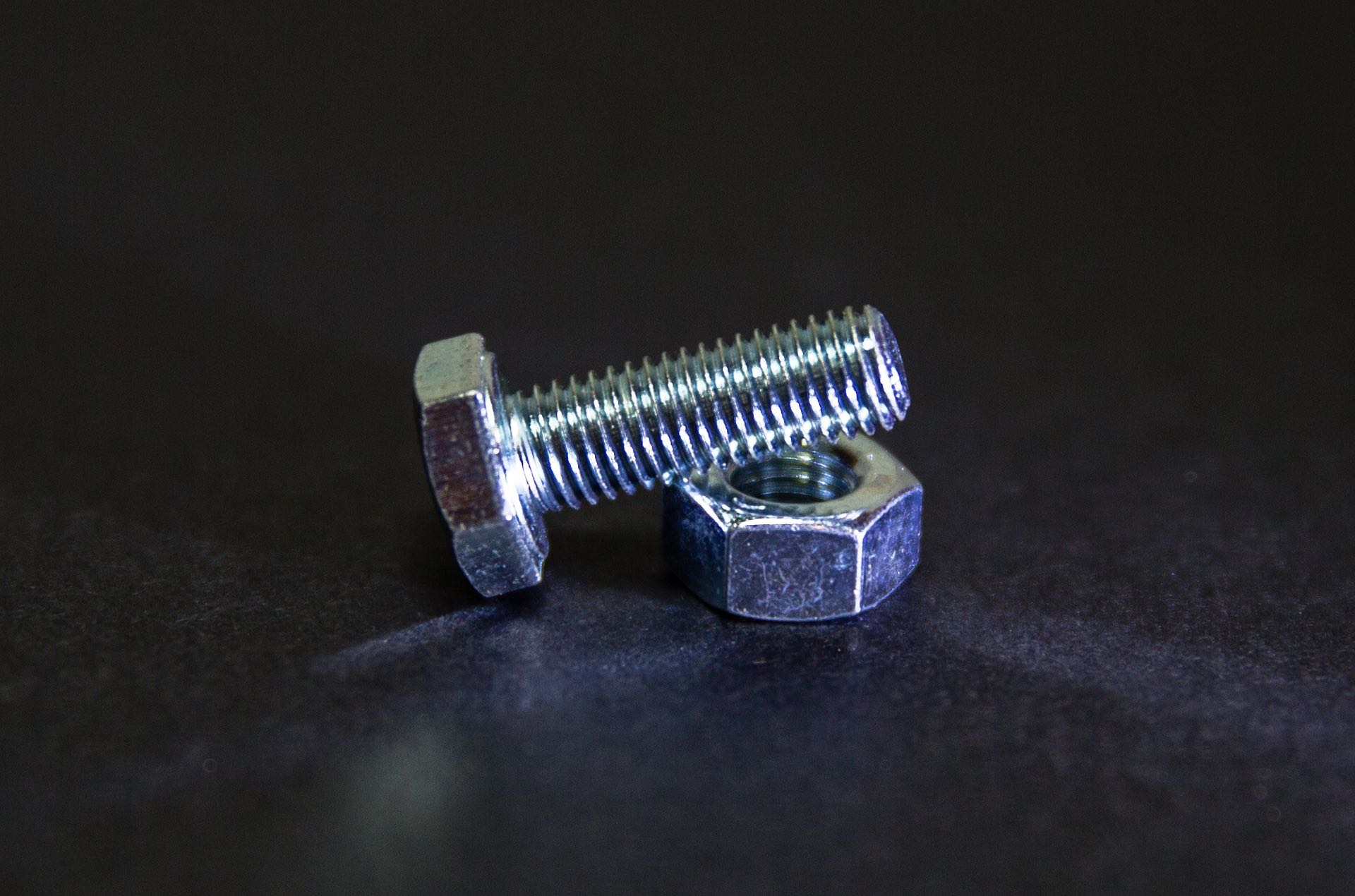Thread galling occurs when mated metals rub together during tightening, shearing off protective oxide layers and exposing unprotected, soft material. This exposed material can cold-weld to the other piece forming a galling pocket that seizes the fastener.
Protecting against thread galling can be as simple as using a lubricant or anti-seize compound. But there are other factors that affect the chance of galling, like the type of material used and installation speed.
Heat
When fasteners come into contact they generate heat, which causes friction between threads. The higher the temperature and the more friction, the greater the chance of galling. Slowing down the installation RPM speed will reduce and sometimes eliminate thread galling in a nut or bolt assembly.
Surface roughness is another cause of thread galling. This is because rough surfaces create high points or asperities that dig into the mating fastener threads and cause a “shoveling” action that results in cold-welding material transfer from one thread to another.
In addition, handling and storage of stainless steel fasteners can nick or dent the threads. This damage causes friction and heat to build up between the mating threads resulting in a galling condition. Using a quality supplier that supplies clean, damaged-free fasteners will help avoid these problems. It is also a good idea to use coarse threads that have a 2A-2B fit, which are more resistant to galling than fine threads.
Friction
A key factor in galling is friction, which generates heat. A number of common triggers include debris, nicks, or damage to thread surfaces, using different metal grades (for example, a softer nut and harder bolt), and over-torquing.
Stainless steel, aluminum, and titanium fasteners are particularly prone to galling. These materials naturally produce thin oxide surface films to prevent corrosion and reduce friction, but these surfaces can wear away under the high pressure and movement of tightening. When this happens the softer, more sensitive metallic surfaces come into direct contact with each other resulting in increased friction that may cause them to shear and lock together.
To minimize friction, keep all fastener surfaces clean of dirt and debris. Use a quality lubricant. Electropolishing smoothes rough surfaces and reduces the chances of galling, as does a pre-applied anti-seize solution like MRO Solutions’ Perma-Slik RAC or Loctite’s PTFE-based lubricant. Also, try to use coarse threads when possible as they generate less friction than fine threads.
Surface Roughness
Surface roughness influences friction between fasteners, affecting both the magnitude of the load and the type of galling. The severity of the galling increases with the magnitude and duration of the load. The surface characteristics that contribute to surface roughness include ductility, hardenability and microstructure.
The most common form of galling occurs between mating stainless steel, aluminum and titanium fasteners. These fasteners typically have microscopic high points on their exposed surfaces that generate a passivated oxide layer that prevents direct metal-to-metal contact during fastening. Under the right conditions these high points wear away exposing the base metal resulting in solid-phase welding (galling) of the two materials.
All fasteners have a degree of inherent surface roughness. However, certain types of finish can reduce this roughness and therefore decrease the risk of galling during assembly and disassembly. For example, nitrided, carburized and cold worked surfaces are generally more resistant to galling than standard pickled and passivated stainless steel.
Anti-Seize
Anti-seize is a compound or grease that can be applied to threads to prevent galling and also improve installation, removal and disassembly. It is especially helpful in corrosive environments and for fasteners that will be exposed to corrosion.
Before applying anti-seize, the fasteners should be cleaned with a solvent degreaser to remove oil and debris. Then, a brush-top applicator is used to apply a thin layer of the material on the surfaces to be joined. Make sure that the compound covers both the threads and any voids that might be present.
Some anti-seizes have a mixture of copper powder and graphite with other lubricating solids, while others are made of pure nickel or other non-ferrous metals and are more resistant to corrosion. If you are working in a corrosive environment, check out our article on selecting the right anti-seize for your application.



